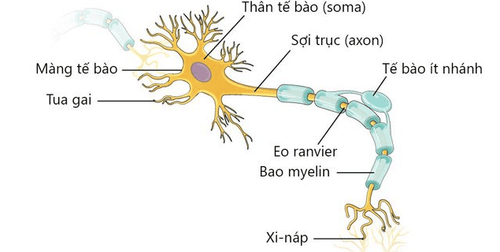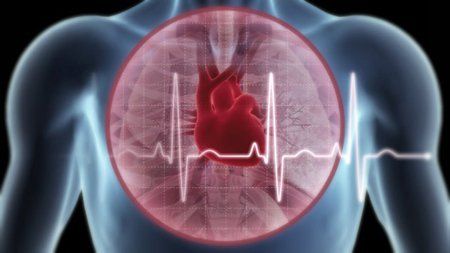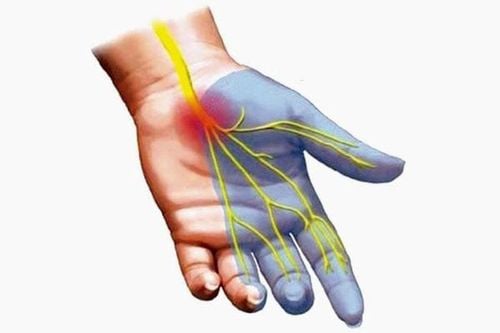This is an automatically translated article.
Article written by Dr. Vu Dung Kien, Department of General Internal Medicine, Vinmec Times City International Hospital
Electrodiagnostic (commonly referred to as electromyography, electromyography, neuromuscular electrophysiology) is a method of functional exploration based on recording the electrical activity of peripheral nerves and cells. muscle cells, thereby assessing the functional integrity of the peripheral nervous system and muscles.
Peripheral neuropathy and muscle disease is a common group of diseases, causing symptoms of sensation (pain, numbness, paresthesias...) and movement (weakness, paralysis, muscle atrophy...). This group of diseases has many causes (intoxication, immunity, micronutrient deficiency, genetics...), greatly affecting quality of life, reducing/losing labor capacity and consuming social resources. . The effectiveness of treatment depends on the correct diagnosis and timely treatment.
Clinical examination is an important step in diagnosis, to support doctors in the diagnosis, treatment, monitoring and prognosis of diseases, paraclinical methods to investigate the function and structure of the nervous system. peripheral nerves and muscles were used.
There are many subclinical methods in diagnosing peripheral neuropathy and muscle such as: imaging (MRI, ultrasound...), biopsy (muscle, nerve), blood biochemistry, genetics, electrodiagnostic.... Each method has its own purposes and advantages and disadvantages.
Electrodiagnostic is the only method to examine the peripheral nervous system and muscles for function. This method uses surface electrodes or needle electrodes with small cross-section to record the electrical activities of cells, so this method has many outstanding advantages over other methods.
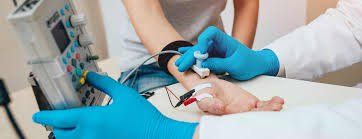
1. Advantages
Easy to deploy, easy to implement, no preparation required; Can be performed many times, can evaluate peripheral nervous system and muscle function from time to time, monitor progress over time; Fast detection, accurate localization of lesion locations and components through detection of functional abnormalities; Early detection of lesions even when no structural damage is present; For quick results right after performing the technique; Non-invasive or minimally invasive; Very few risks, complications (bleeding, infection...); Affordability.

2. Cons
Requires high technical factors (temperature, humidity, faraday ...) to ensure stable operation of the machine system; Using electrical stimulation causes discomfort to the patient; Doctors and technicians in the electrodiagnostic room are well-trained and have continuous re-training program, mastering knowledge of anatomy, physiology and pathology, and good clinical skills.
3. Designation
Patients with the following symptoms should be sent to the electrodiagnostic room to see a specialist and record the electrodiagnostic
Pain; Numbness; Paresthesias; Muscle weakness; Paralysis; Amyotrophic lateral sclerosis; Eyelid drooping, double vision; Blurred vision, hearing loss intermittently or continuously without ear or eye disease. Symptoms may have sudden or gradual onset, following an injury, be continuous or recurrent.
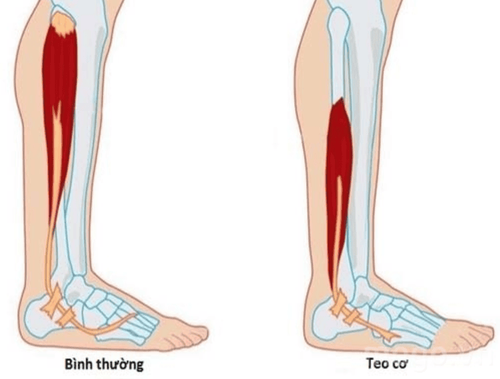
4. Contraindications
Electrodiagnostic method has very few contraindications, the contraindications are relative:
Patient is uncooperative (psychotic, agitated, not intending to examine); The patient still has skin and soft tissue lesions at the site to be examined (burns, infected lesions-swelling, soft tissue lesions with bleeding-fluid); Relative contraindications: patients with coagulopathy, are taking anticoagulant therapy, patients are performing a cast-bandage on the limb to be examined. In these cases, the electrodiagnostic doctor will consider the current condition of each patient to decide on the technique to be applied; Electronic devices such as pacemakers are less susceptible to engineering; With its rapid probing, accurate results, ease of deployment, reasonable price, and the only method for examining peripheral nervous system and muscle function, electrodiagnosis is the first clinical method. hand that clinicians think of when identifying abnormalities and damage to the peripheral nervous system and muscles. Electrodiagnostic results are gradually becoming the gold standard in the diagnosis of many peripheral neuropathy and muscle diseases.
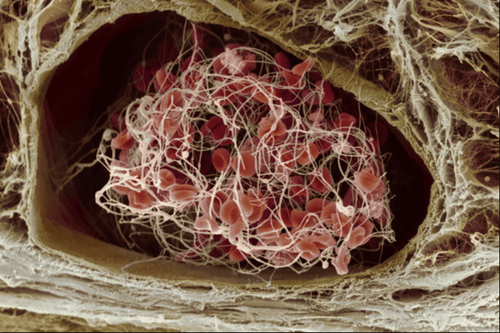
Vinmec International General Hospital is a high-quality medical facility in Vietnam with a team of highly qualified medical professionals, well-trained, domestic and foreign, and experienced.
A system of modern and advanced medical equipment, possessing many of the best machines in the world, helping to detect many difficult and dangerous diseases in a short time, supporting the diagnosis and treatment of doctors the most effective. The hospital space is designed according to 5-star hotel standards, giving patients comfort, friendliness and peace of mind.
Please dial HOTLINE for more information or register for an appointment HERE. Download MyVinmec app to make appointments faster and to manage your bookings easily.






